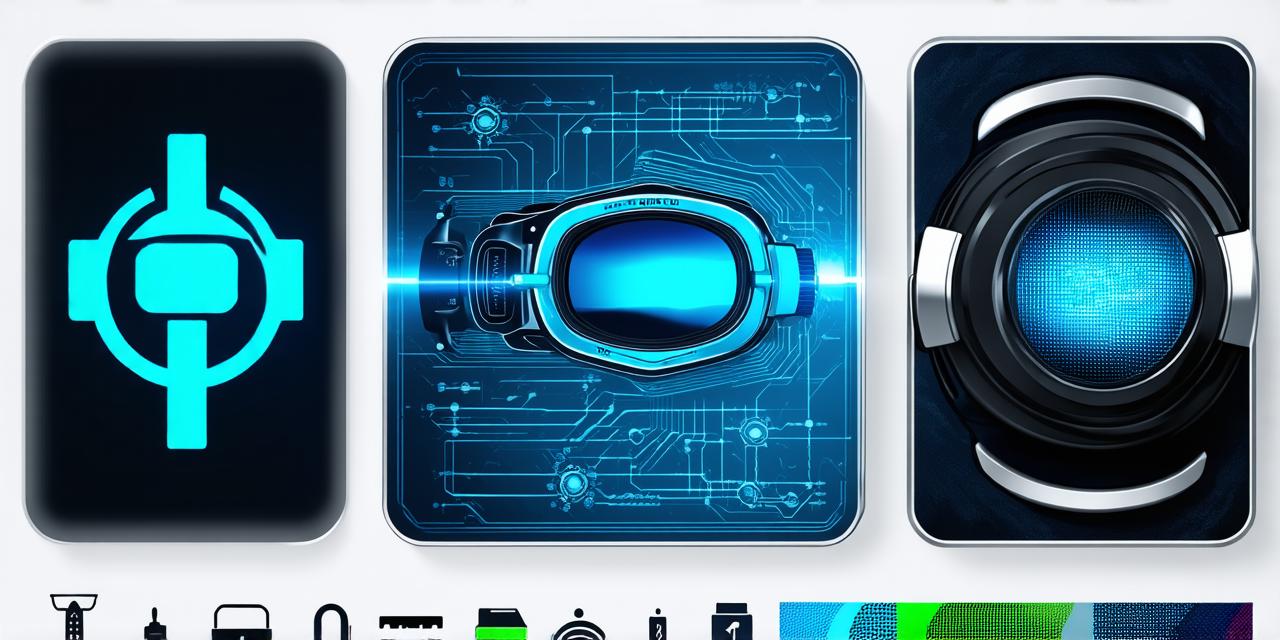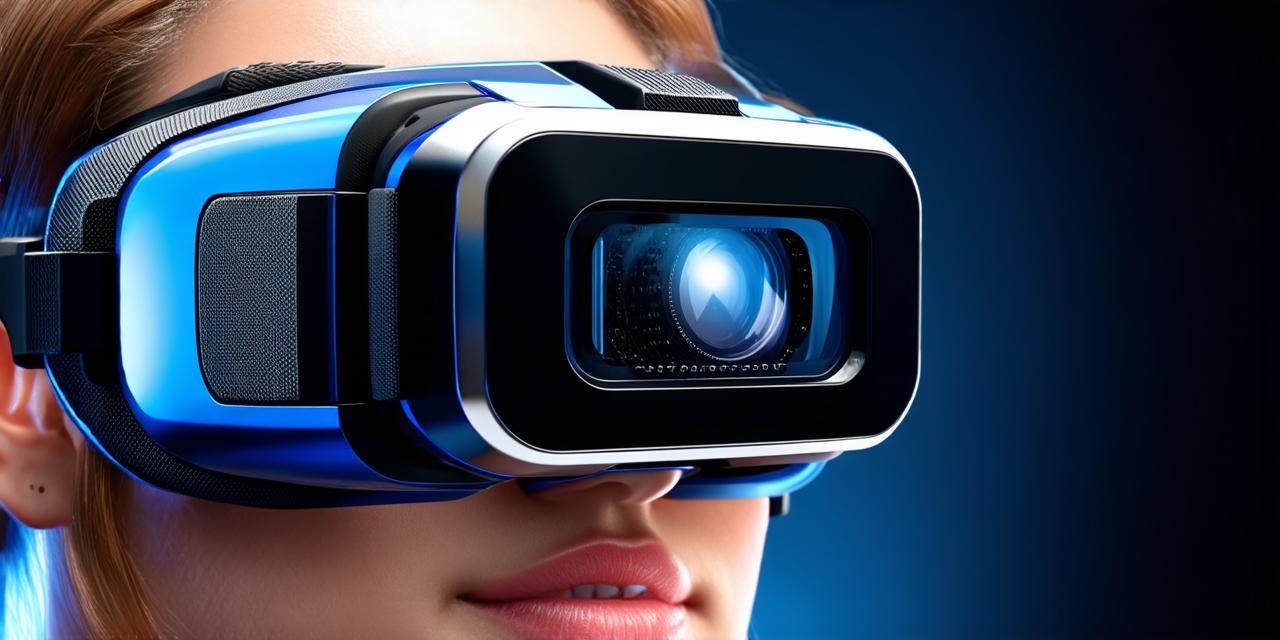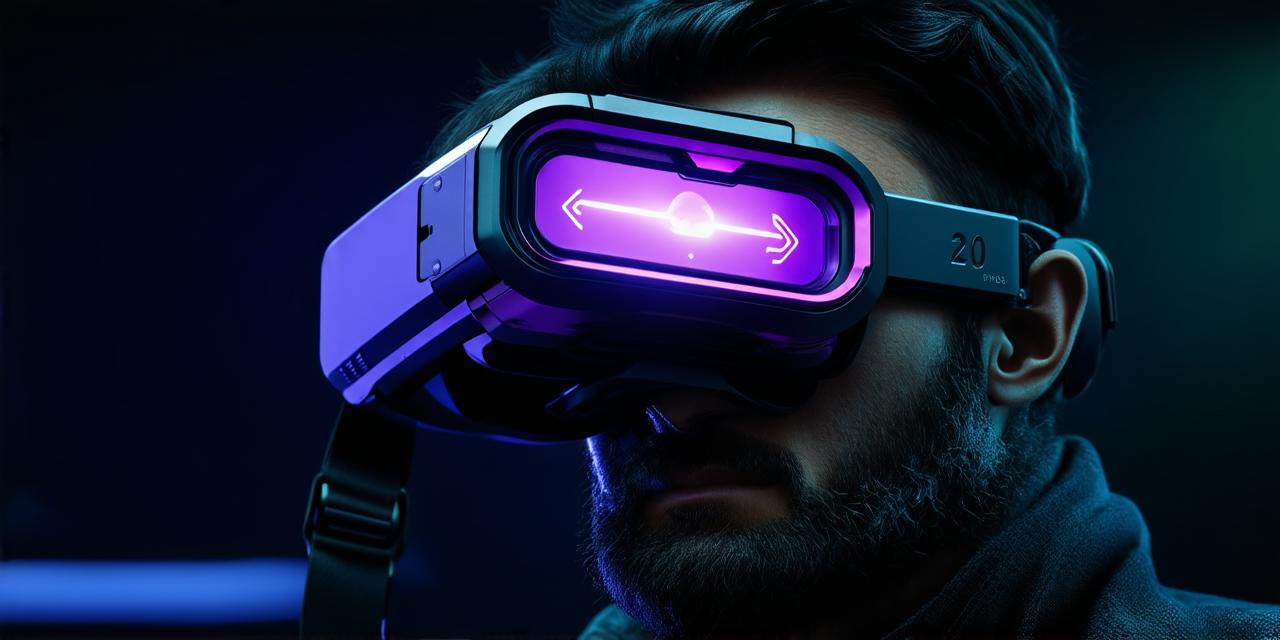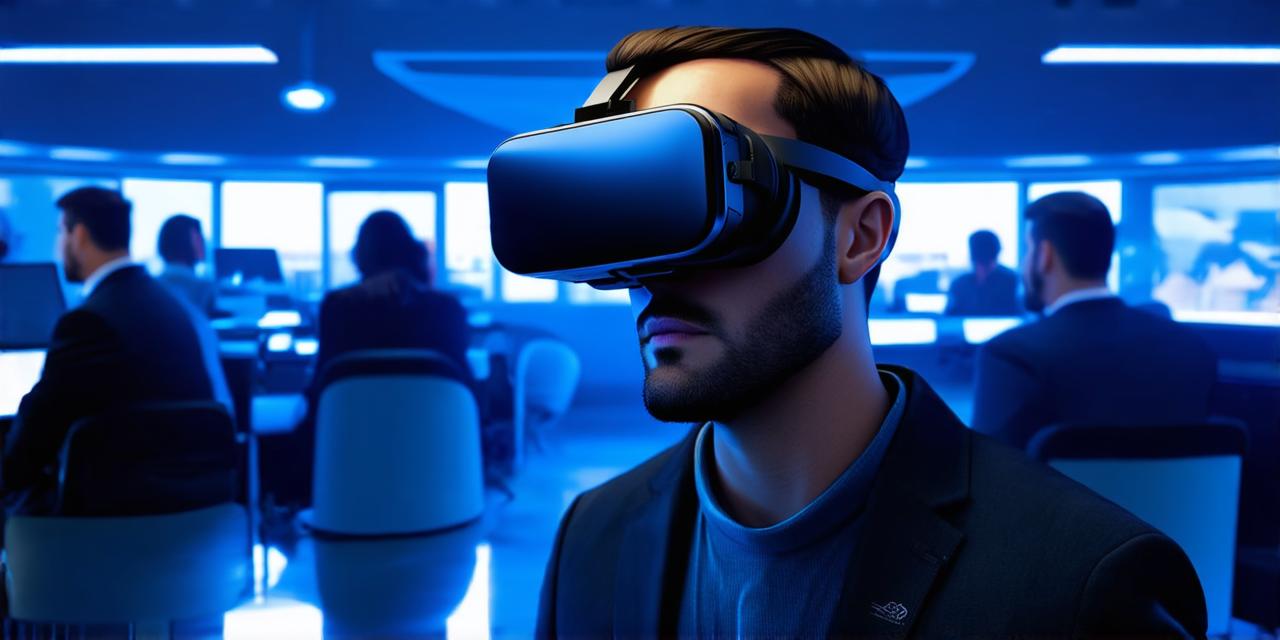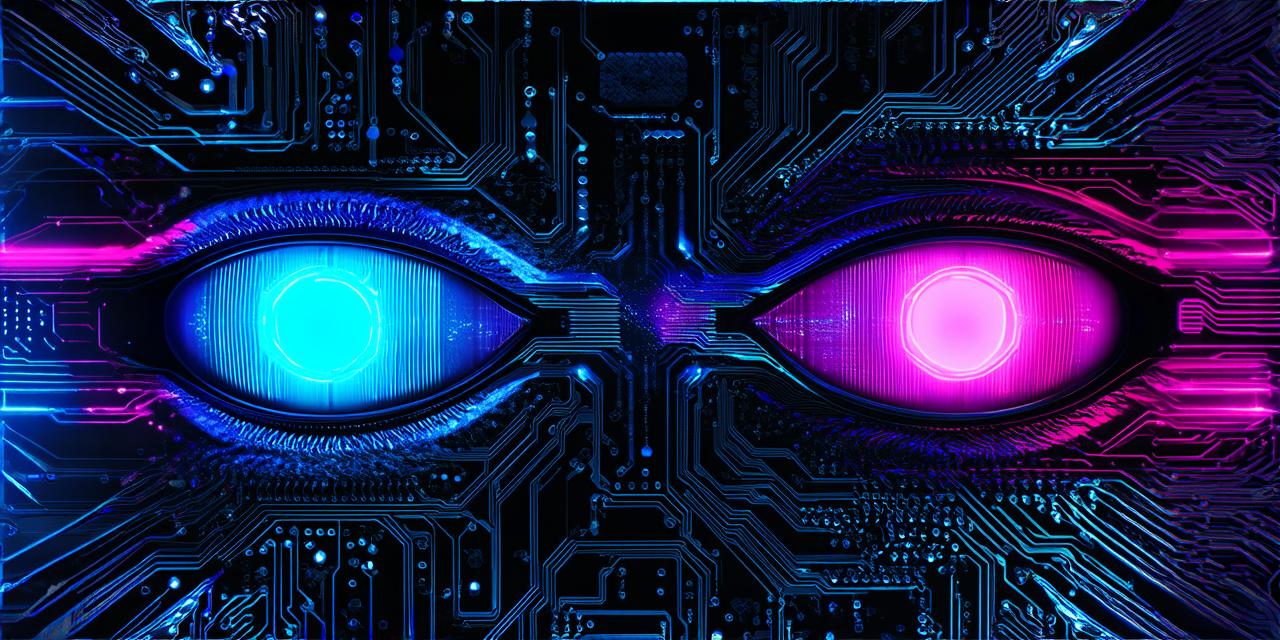How Do VR Goggles Work?
At its core, a VR headset consists of two displays that are mounted on a frame. Each display provides one eye with a slightly different perspective, creating an illusion of depth and movement. The frame is designed to fit comfortably around the user’s head and can be adjusted to fit the individual’s needs.
When the user puts on the goggles, they enter into a virtual world that is controlled by a computer or game console. Sensors track the user’s movements, allowing them to look around and interact with virtual objects in real-time. The displays use stereoscopic display technology to create a 3D image that appears to be floating in front of the user’s eyes.
The VR headset also includes an array of sensors such as accelerometers, gyroscopes, and magnetometers that track the user’s head movements. This data is used to adjust the virtual environment and provide a more realistic experience.
Applications of VR Goggles in AR Development
Virtual reality goggles have numerous applications in AR development, including:
- Training and Education: One of the most common applications of VR goggles is in training and education. VR allows users to practice complex tasks in a safe environment, reducing the risk of injury or damage to equipment.
- Gaming: Virtual reality goggles have also revolutionized the gaming industry. With VR, gamers can enter into a fully immersive virtual world and interact with game objects in ways that were previously impossible.
- Architecture and Design: Virtual reality goggles are also used in architecture and design to create 3D models of buildings and structures. This allows architects and designers to visualize their creations in a virtual environment, making it easier to make changes and adjustments.
- Marketing and Advertising: Virtual reality goggles are becoming increasingly popular in marketing and advertising. Brands can use VR to create immersive experiences for customers, allowing them to interact with products and services in a unique way.
- Entertainment and Education: Virtual reality goggles are also used in entertainment and education to create interactive experiences for users. For example, museums and historical sites can use VR to allow visitors to explore exhibits in a more immersive way.
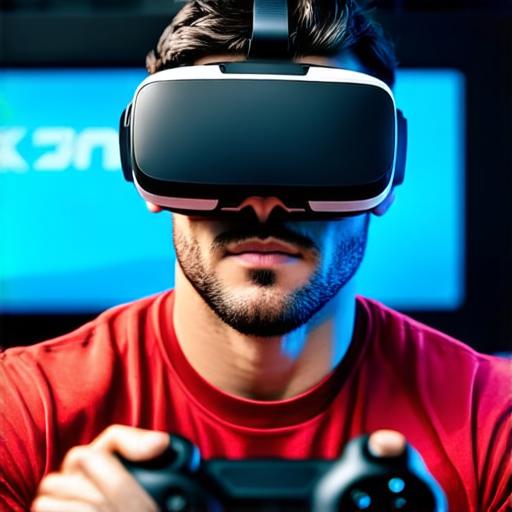
Case Studies of VR Goggles in AR Development
Let’s take a look at some real-life examples of how virtual reality goggles are being used in AR development:
- Medical Training: Medical students at the University of California, San Francisco (UCSF) have been using VR simulations to practice surgeries. The VR headsets provide a realistic simulation of the surgical environment, allowing students to practice complex procedures without risking harm to patients.
- Virtual Try-On: L’Oreal has partnered with Facebook to create a virtual try-on experience for their makeup products. Users can put on VR headsets and try on different makeup looks, without the need for physical samples.
- Architectural Visualization: Architects and designers at Foster + Partners have been using VR to create 3D models of their buildings and structures. This allows them to visualize their creations in a virtual environment, making it easier to make changes and adjustments.
Expert Opinions on VR Goggles in AR Development
Let’s hear from some experts on their opinions on virtual reality goggles and their applications in AR development:
Virtual reality is not just a game, it’s a new way of experiencing the world. It has the potential to transform industries such as architecture, design, and education. – Yasuo Miyamoto, director of virtual reality at Nintendo.
Virtual reality is already revolutionizing the way we experience products and services. As technology continues to advance, I expect VR to become even more prevalent in a variety of industries. – Mark Zuckerberg, CEO of Facebook.
Virtual reality is not just about gaming, it’s about creating new experiences that were previously impossible. It has the potential to change the way we interact with technology and each other. – John Carmack, co-founder of id Software.
FAQs on VR Goggles in AR Development
1. How do VR goggles work?
Virtual reality goggles consist of two displays that are mounted on a frame that track the user’s movements using sensors.
2. What are some common applications of VR goggles in AR development?
Training and education, gaming, architecture and design, marketing and advertising, entertainment and education.
3. Can VR goggles be used for other purposes besides gaming and entertainment?
Yes, VR goggles have numerous applications in a variety of industries, including training and education, architecture and design, marketing and advertising, and entertainment and education.
4. How do VR goggles impact the user experience?
VR goggles allow users to enter into a fully immersive virtual world and interact with objects in ways that were previously impossible. This creates a more engaging and realistic experience.
5. What are some real-life examples of how VR goggles are being used in AR development?
Medical students using VR simulations for surgeries, L’Oreal partnering with Facebook for virtual try-on experiences, architects and designers using VR to create 3D models of their buildings.
